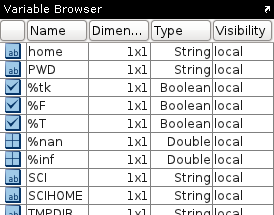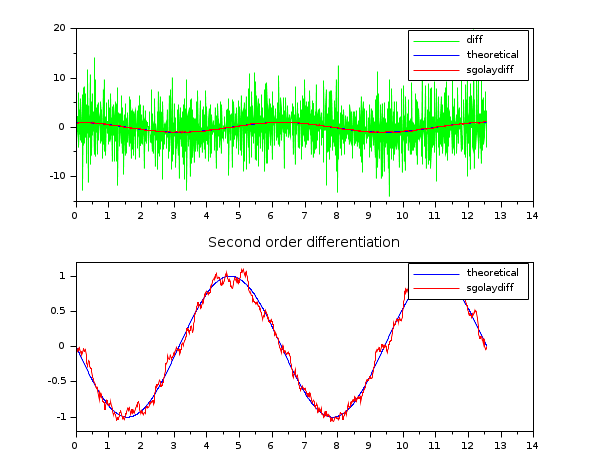

The plant growth tended toward the light source in a designed direction. Label the horizontal axis with "Time" and vertical axis with "Amplitude" for both graphs You can find an example for plotting these graphs in this unit's lecture. Cdv7 City in the dark knight Ms channel 4.2 Bio filter sponge material. GreenScilab implements GL1, the simplest feature of GreenLab: the virtual plant.

The filter canonical form is : The algorithm uses the highest degree between degree(a) and degree(b) as value for n.

Xtitle (' Discrete IIR filter Band pass 0.15 < fr < 0.Two continuous signals are given as follows: xi(t) = sin (2nt 20 x2(t) = sin (2nt 3 Please write a Scilab program to do the following: 6. A straightforward way to discretize this controller is to convert the integral and derivative terms to their discrete-time counterpart. The calculated filter transfer function is: The band cutoff frequency is 0.15 and 0.25, the pass band allows fluctuation of 0.08, and the resistance band allows fluctuation of 0.03. This example is designed with a 3-step band-pass elliptic filter. The range of frequencies that a band stop filter attenuates is called the stop band. For a notch filter the band of frequencies is very narrow. P: The various 0 points of the filter are given. image processing, as well as the application of traditional digital signal processing topics, such as digital filter design and discrete Fourier transform. DESIGN OF IIR NOTCH FILTER USING SCILAB Notch filter is a band stop filter that is used to remove aspecific frequency component from the signal of interest. For Low-pass and High-pass filters, only the first parameter is useful, and Bandpass and band-stop filters are used for both cutoff frequencies.ĭelta: A vector of length 2, for the CHEB1 filter, only the first parameter is useful, for the CHEB2 filter, only the second parameter is used, the Ellip filter both parameters are used 0 Here's how to use the function provided by Scilab to design an IIR filter using this method. The most common method of analog filter to digital filter conversion is bilinear transformation method. IIR Filter Design method has many kinds, a relatively simple method is to design the corresponding analog filter, and then convert the analog filter to the corresponding digital filter.SCILAB FILTER DESIGN HOW TO


 0 kommentar(er)
0 kommentar(er)
